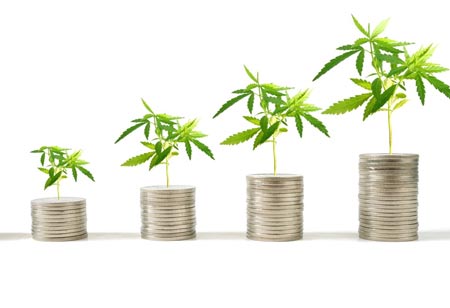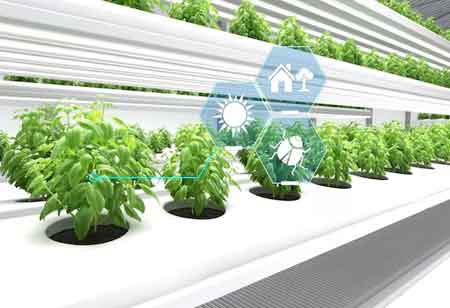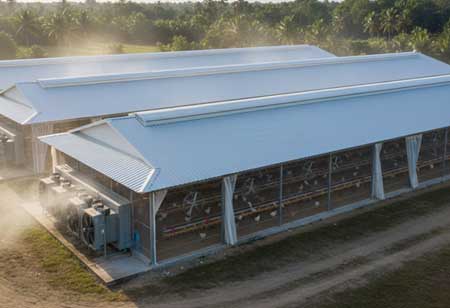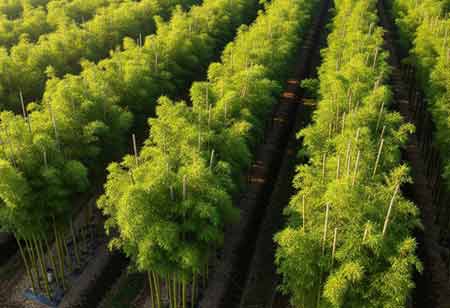Thank you for Subscribing to Agri Business Review Weekly Brief
Biostimulants for Sustainable and Resilient Horticulture of Specialty Crops
The horticulture industry in the Asia-Pacific (APAC) region is experiencing substantial growth attributed to factors such as heightened disposable incomes, escalating urbanization, and a growing awareness of consumer health

By
Agri Business Review | Thursday, January 18, 2024
Stay ahead of the industry with exclusive feature stories on the top companies, expert insights and the latest news delivered straight to your inbox. Subscribe today.
Summary: In recent years, the demand for sustainable and efficient agricultural practices has led to a surge in the adoption of biostimulants in APAC horticulture.
FREMONT, CA: The horticulture industry in the Asia-Pacific (APAC) region is experiencing substantial growth attributed to factors such as heightened disposable incomes, escalating urbanization, and a growing awareness of consumer health. Speciality crops, including fruits, vegetables, herbs, and decorative plants, are witnessing heightened demand owing to their distinctive flavors and purported superior nutritional value. However, conventional farming practices often prove inadequate in meeting the specialized needs of these delicate crops, leading to diminished quality and production yields. This underscores the pivotal role of biostimulants in addressing these challenges.
Biostimulants emerge as a compelling choice for speciality crops within the APAC region due to a convergence of factors. Firstly, the escalating costs of conventional inputs, notably volatile fertilizer prices, underscore the appeal of biostimulants as a cost-effective alternative, offering a means to enhance crop performance while mitigating financial strain. Moreover, the growing consumer preference for sustainable agricultural practices aligns seamlessly with biostimulants, as these products foster plant health and also contribute to a reduced environmental impact. In response to stringent food safety regulations prevalent in APAC countries, where strict measures are imposed on pesticide residues, biostimulants gain prominence as a viable option for growers seeking alternative crop protection methods. By enhancing plant resilience against pests and diseases, biostimulants serve as a strategic solution in compliance with regulatory standards. Additionally, the diverse and complex growing conditions across the APAC region, characterized by varying climates and soil types, necessitate adaptable solutions. Biostimulants, with their versatility, offer a valuable means for speciality crops to flourish across a wide spectrum of environments, thereby addressing the intricacies of the region’s agricultural landscape.
Latest Developments in Biostimulant Research
In agricultural innovation, a concerted effort is underway to advance the field of biostimulants by tailoring them to specific crops and stresses. This targeted approach ensures an optimized efficacy, marking a significant stride in agricultural productivity. Furthermore, the integration of nanoencapsulation technology has emerged as a pivotal enhancement, elevating the delivery and effectiveness of biostimulants. This sophisticated method holds promise for augmenting crop yields and mitigating stress factors. Moreover, the synergy of biostimulants with fertilizers or biocontrol agents is gaining momentum as a comprehensive strategy for crop management. This integrated approach reflects a nuanced understanding of agricultural dynamics, presenting a holistic solution for maximizing crop productivity while addressing the challenges posed by diverse environmental stressors.
The aforementioned factors are poised to drive robust expansion in the Asia-Pacific (APAC) biostimulant market, with a projected CAGR exceeding 12 pecent in the forthcoming years. Key contributors to this growth are prominent nations such as China, India, and Japan, while smaller but rapidly advancing countries like Thailand and Vietnam are also making noteworthy strides in the sector.
In the APAC, the horticulture sector is poised to persistently integrate biostimulants into its practices. These biostimulants are anticipated to play a pivotal role in facilitating the region's capacity to cultivate premium speciality crops with economic viability and environmental sustainability. As the market evolves and consumer awareness of such products expands, the utilization of biostimulants is projected to become increasingly indispensable.





